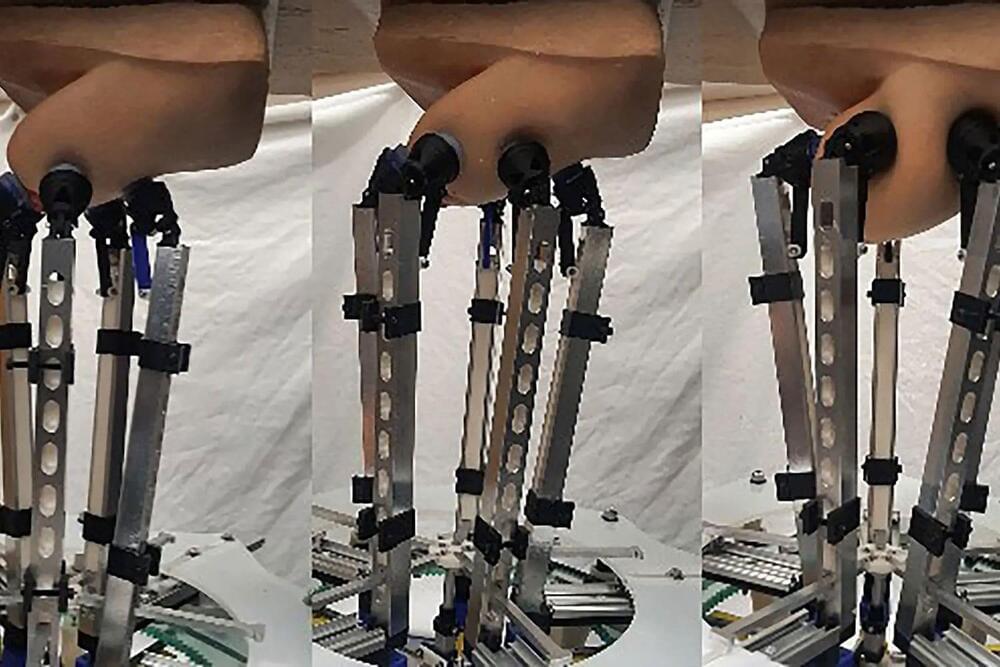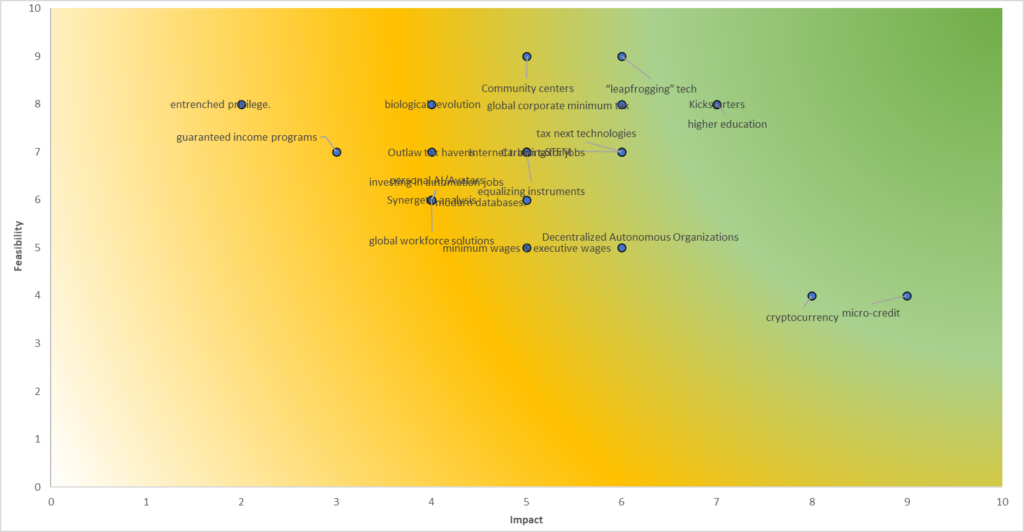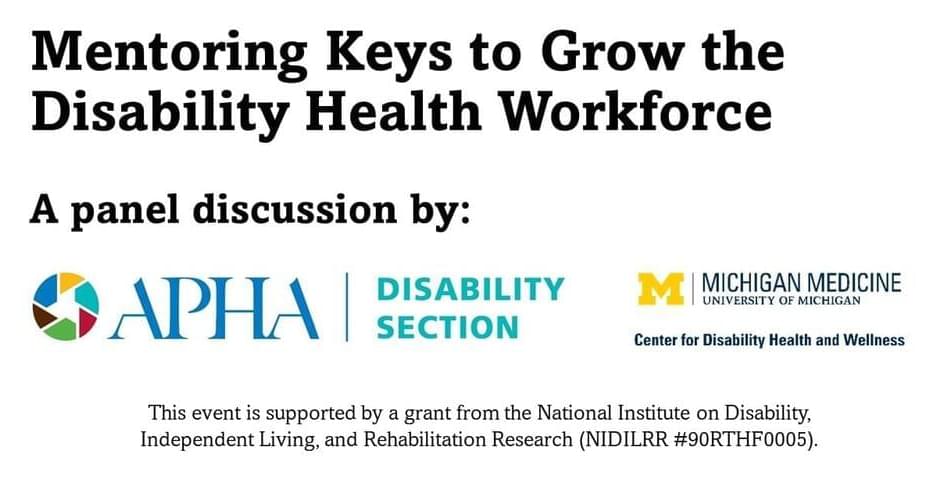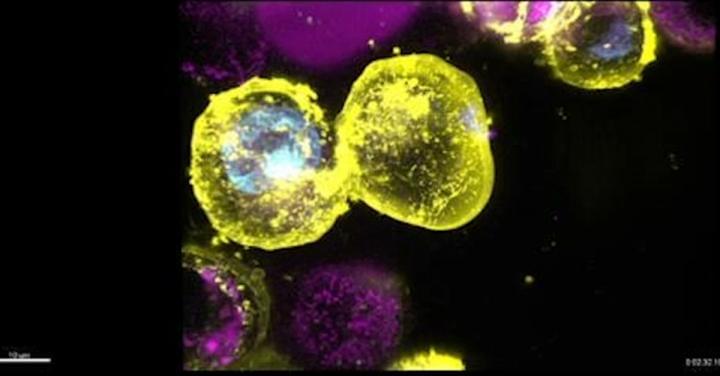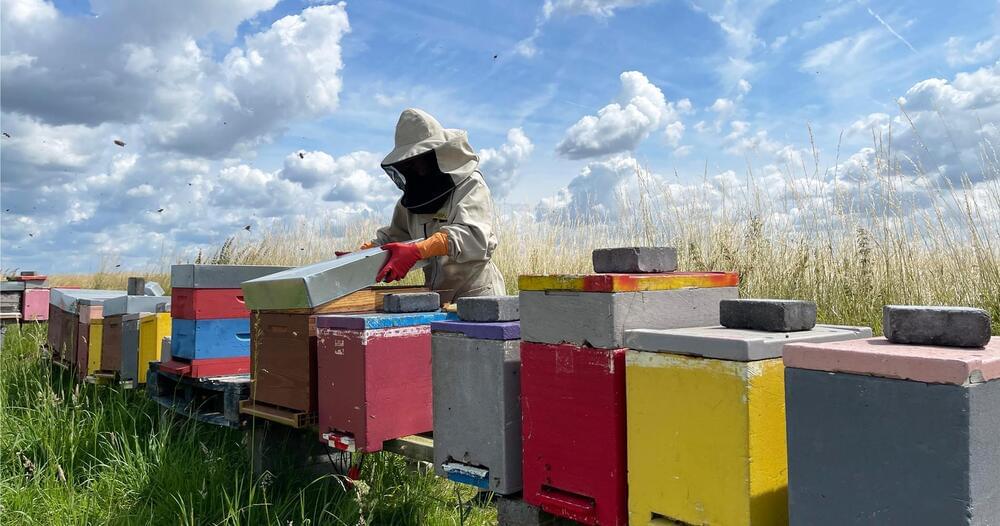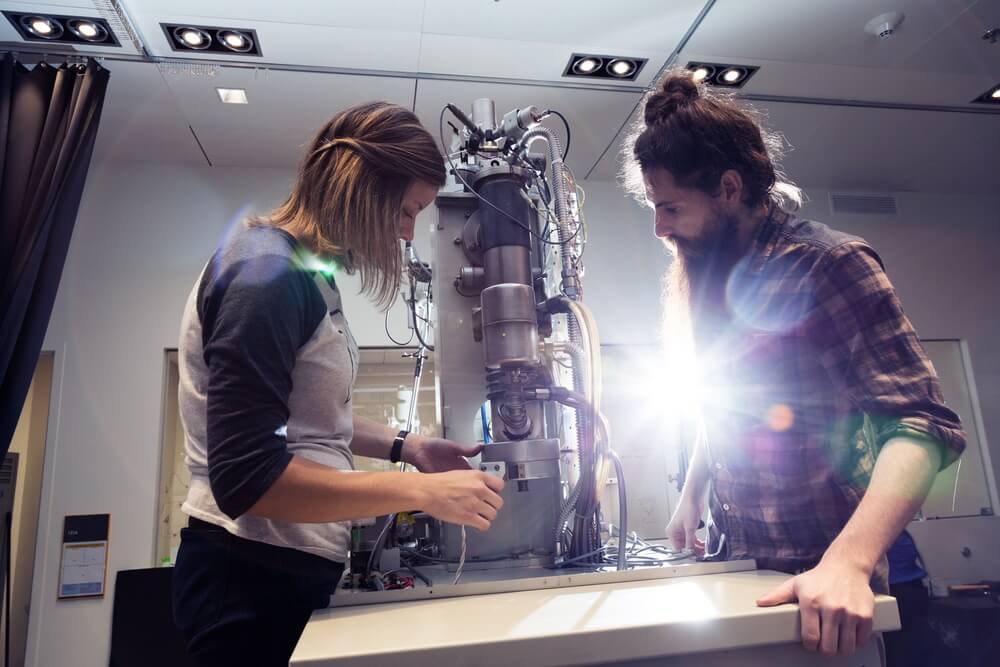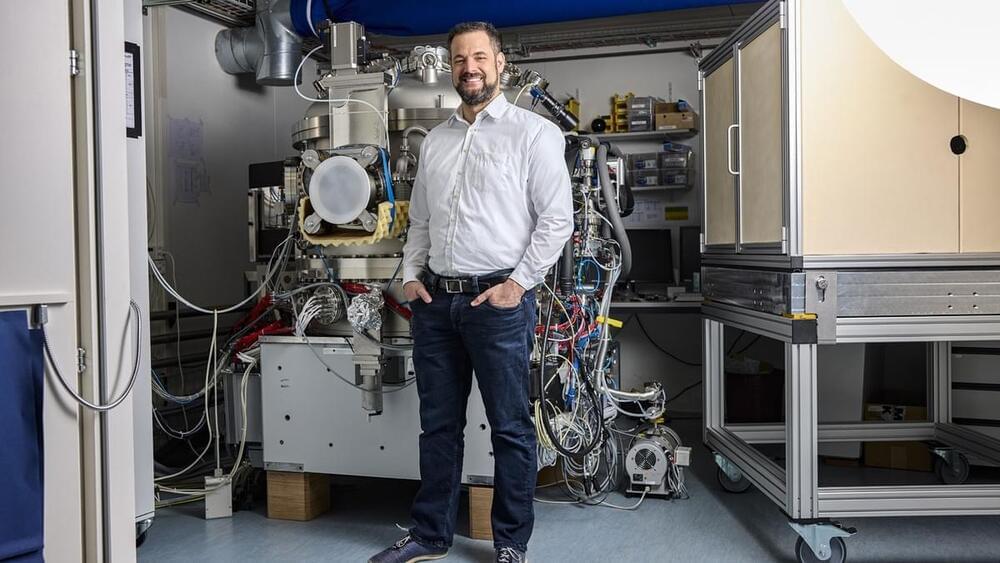“We hope that the research can contribute to and complement the arsenal of techniques used to diagnose breast cancer and to generate a large amount of data associated with it that may be useful in trying to identify large-scale trends that could help diagnose breast cancer early,” George added.
The team next plans to combine CBE techniques learned from professionals with AI and fully equip IRIS with sensors to determine the effectiveness of the whole system in identifying potential cancer risks. The ultimate goal is to have the manipulator detect lumps more accurately and deeper than it is possible only by applying human touch.
This promising development could revolutionize how women monitor their breast health. With safe electronic CBEs located in easily accessible places like pharmacies and health centers, women could have access to accurate results and take a proactive approach to their health.
